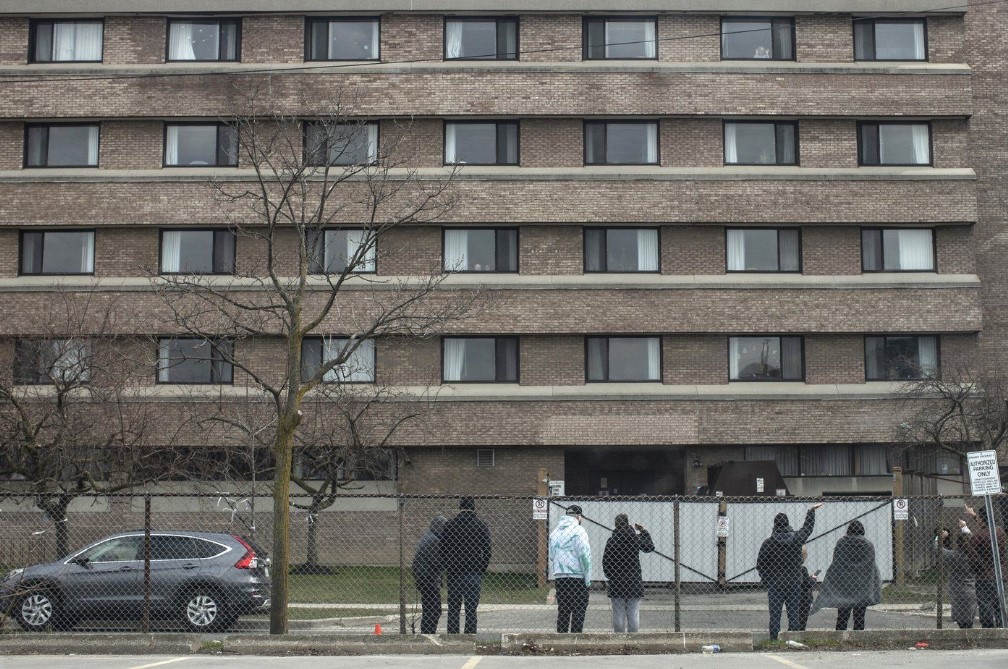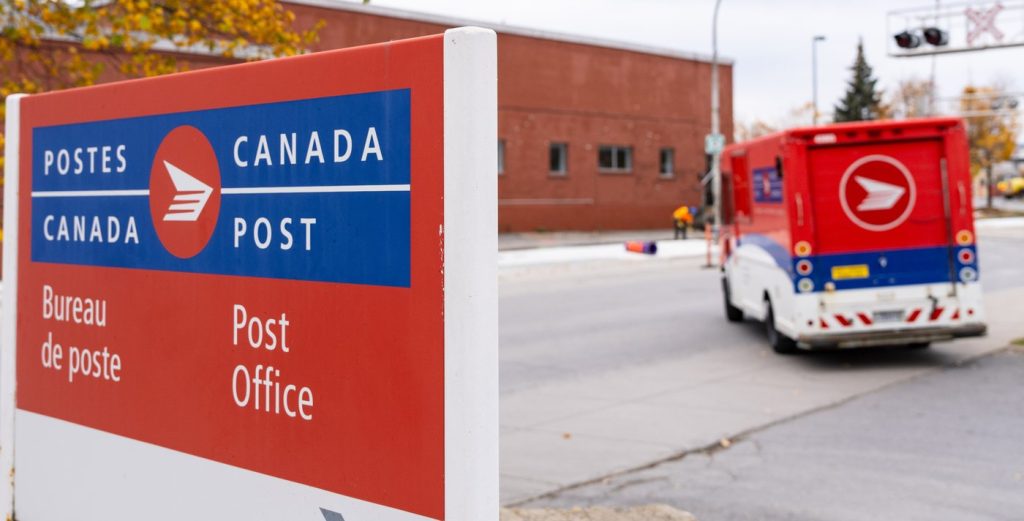‘Lunchflation’ driving up meal prices for Canadians
Posted March 29, 2022 3:15 pm.
Last Updated March 29, 2022 5:58 pm.
It’s the moment restaurant, bar and café owners have been waiting for: more Canadians are returning to the office as COVID-19 restrictions are eased.
But, those same office workers may do a double take when they glance at the menu of their favourite downtown lunch spots.
That’s because lunch bills are outpacing the rate of inflation, according to data provided by electronic payment provider Square.
The so-called “lunchflation” study looked at the prices of popular lunch items in six of Canada’s largest cities (Toronto, Montreal, Vancouver, Calgary, Ottawa and Saskatoon).
Since the start of the global pandemic in March of 2020, many of those grab-and-go or dine-in staples have seen sharp increases:
- Hamburgers: Up 26 per cent (from $8.61 to $10.86)
- Salads: Up 25 per cent ($10.11 to $12.63)
- Soups: Up 24 per cent ($6.13 to $7.60)
- Sandwiches: Up 20 per cent ($8.38 to $10.03)
- Wraps: Up 15 per cent ($8.90 to $10.26)
Those looking for a lunchtime bargain may want to consider tacos, which have bucked that trend, with the average price falling by 16 per cent in large cities.
When smaller Canadian cities are factored in, the impact of “lunchflation” is less pronounced.
The average national cost of a sandwich rose by eight per cent between March 2021 and 2022. Burgers were up seven per cent, while wraps and soups rose by five and two per cent respectively over the same time frame.
The time of day that Canadians are ordering food has also shifted during the pandemic.
Quick-service restaurants are now filling fewer orders during the traditional breakfast period, while the volume of evening orders has risen by about five per cent.








